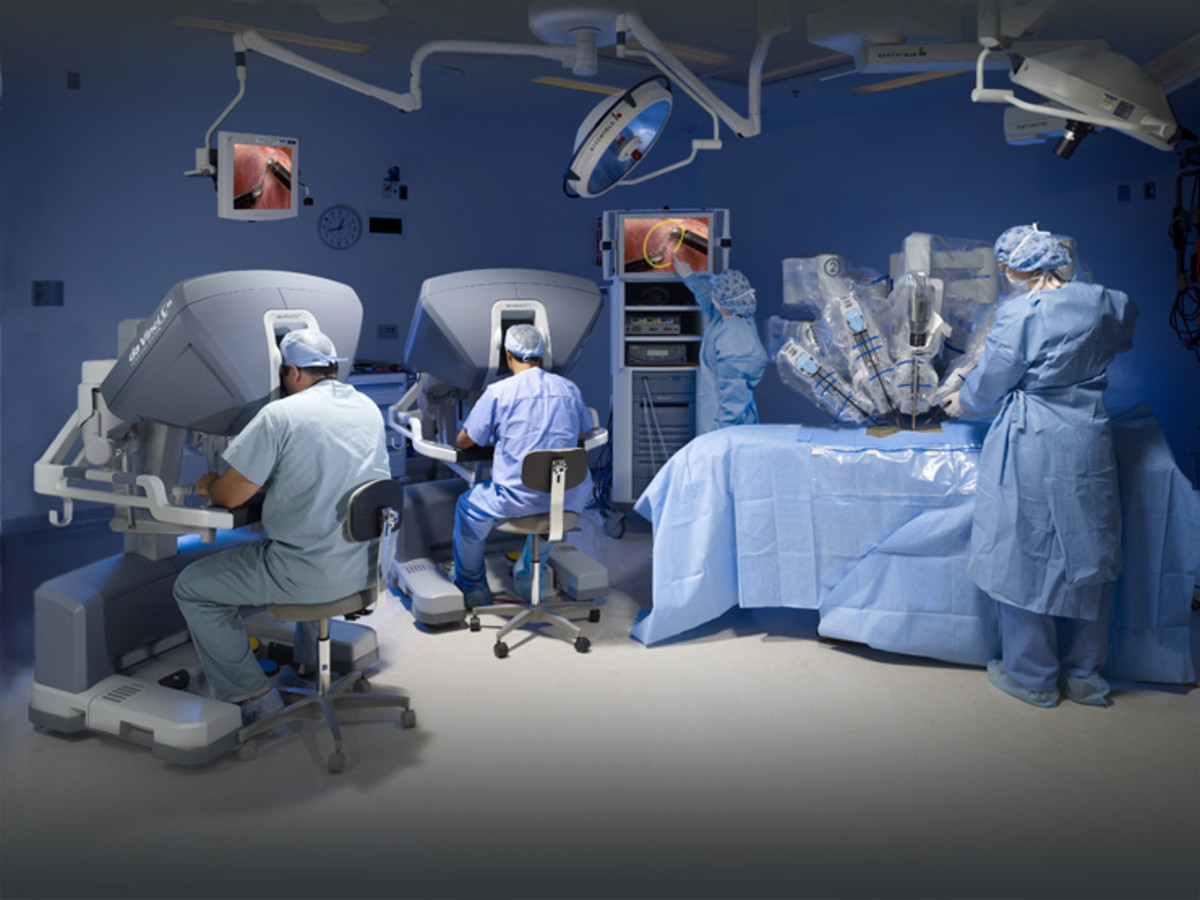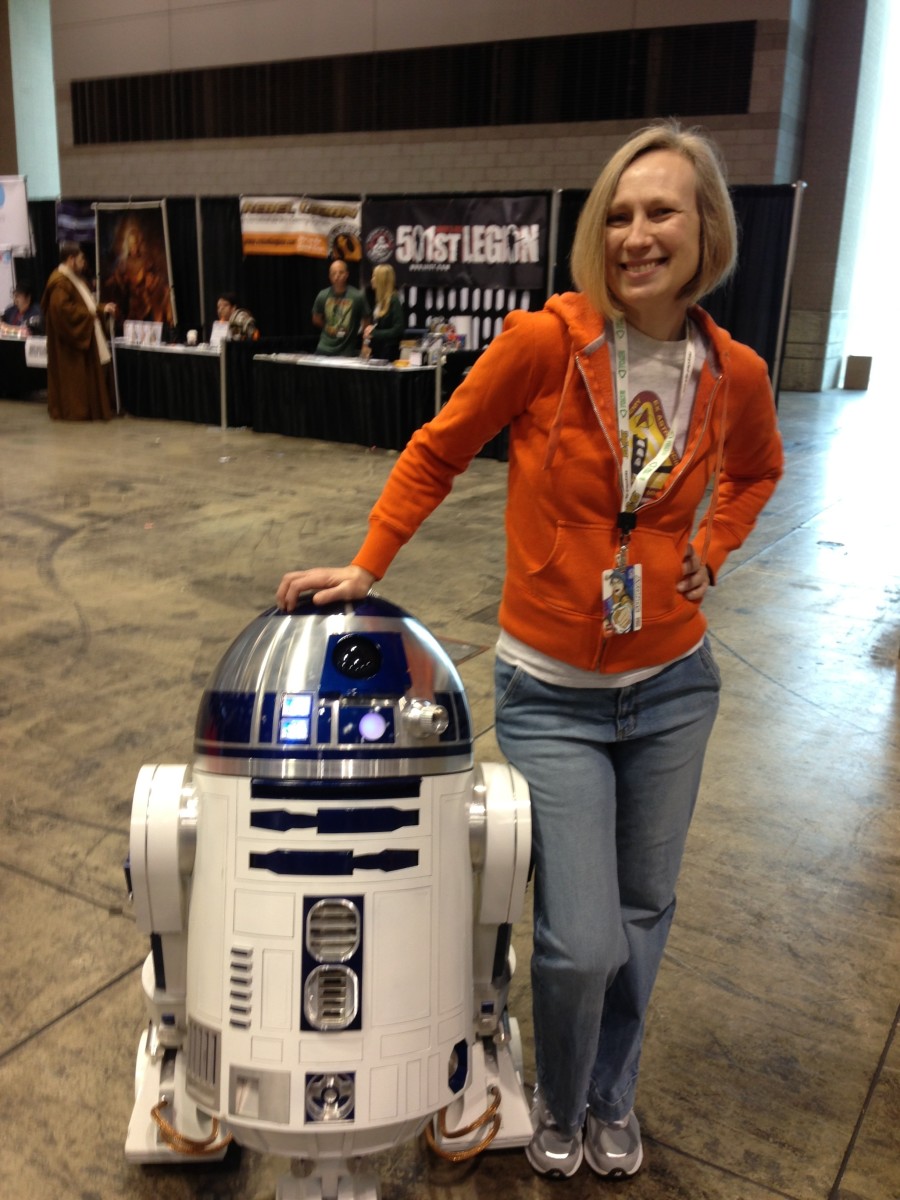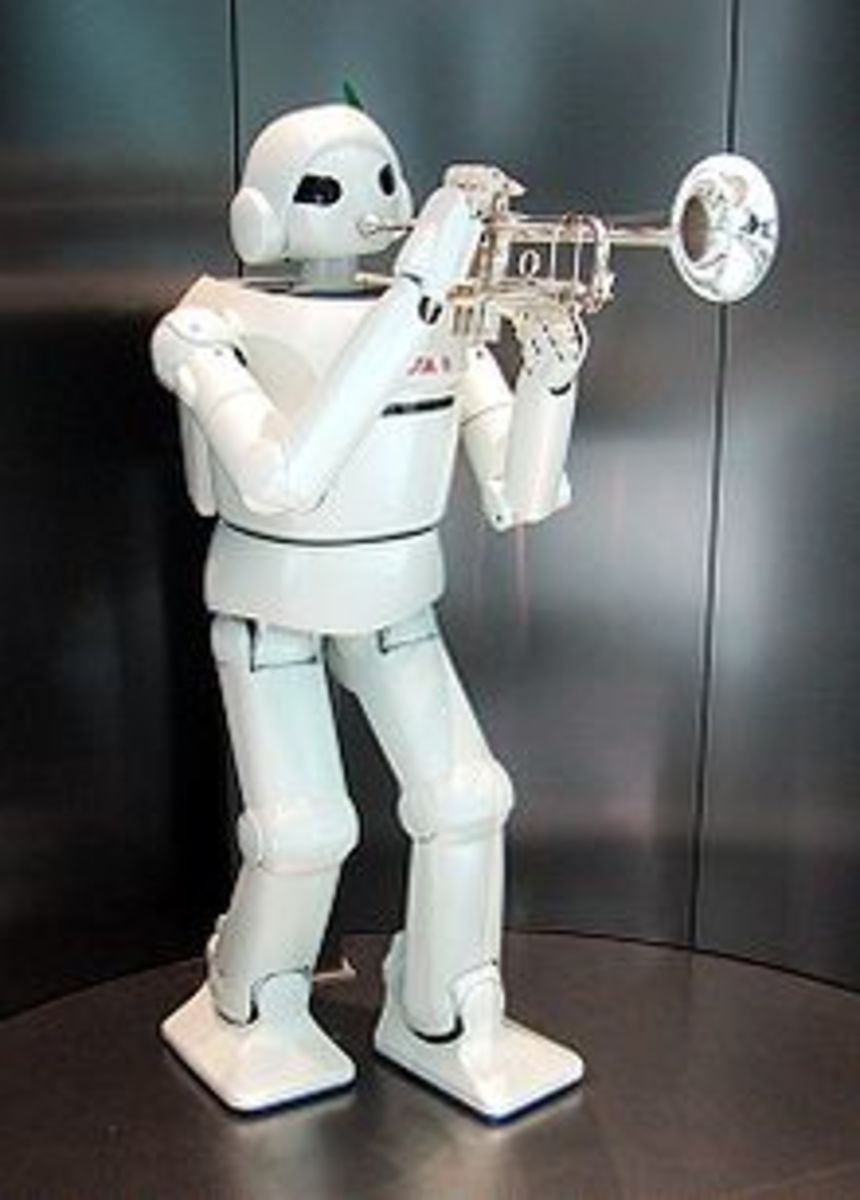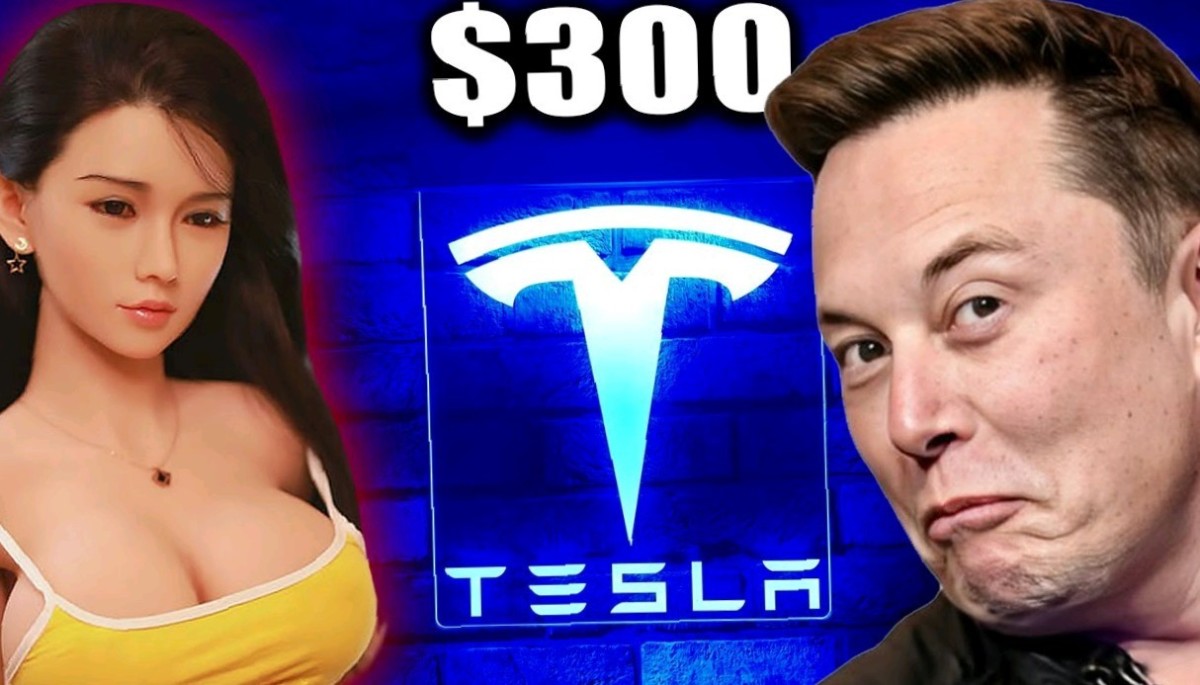The Age of Robots Has Already Started - Looking Back While Looking Forward

Robots have been an integral part of American manufacturing and warehousing for longer than most people realize. From pallet stacking robotic lifting arms to actual walking and talking humanlike robots, robotic technology has swept through almost every industry in the world. Major manufacturers along with service-oriented companies are measuring the cost of robots versus current costs of wages, benefits, and attendance to plan for the future. By eliminating the human factor, employers are expected to save money and provide near-error-free customer satisfaction. Robots do not care about working temperatures and can be implemented for extreme conditions such as in deep freezes or near blast furnaces. Robots do not pass potentially harmful bacteria or other organism which are detrimental to fresh food production. Robots are virtually immune to working in toxic environments such as paint lines, glue and solvent manufacturing, and laboratory testing environments. Robots are more accurate and produce higher quality output when in a manufacturing application, with the correct programming of course. Robots will not get hurt on the job, nor will they file frivolous lawsuits against a company.
This short list demonstrates some of the reasons why companies are choosing to add more robots to their production, but it also signals alarm for many working people. If robots take the menial jobs, many people feel they will be unemployed in the future with little hope of ever working again. What they fail to see is that robots actually create jobs for future workers. Men and women can move from the assembly line to more complex tasks such as programming or maintenance. Monotonous jobs can be swapped for challenging positions with upward mobility. Disciplines such as engineering, computer design, and coding are expected to see increased needs for the workforce. Robotics in the workforce may even be attributed to longer life spans due to less abuse on our bodies, better health due to less exposure to harmful substances, and improvements in health care in hundreds of ways. Technology can be employed to bring humankind closer and give people more time to spend with their families, on education, and hopefully on developing the technologies of the future.
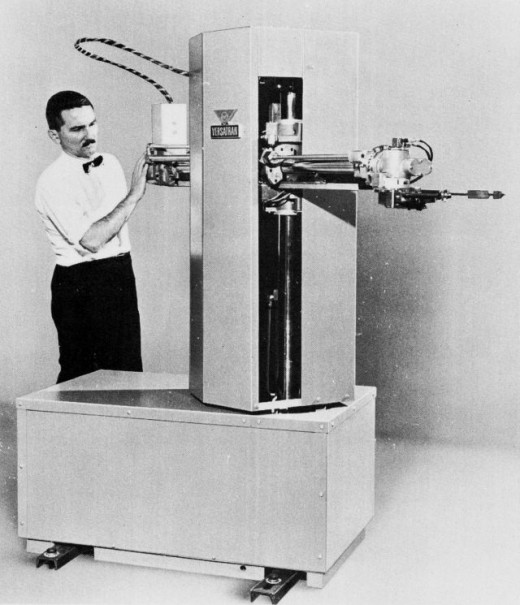
The Early Days of Robotics
We seem to have an idea of where we’re going with robotics, but it’s worth taking a look at how robotic developed to really understand the speed of technological improvements in this area. The first robot solely for industrial use was designed by George Devol in 1954. It was quite simplistic when compared to the robots of today but at the time it was revolutionary. That first robot was designed to move objects from one point to another within a distance of about twelve feet, and nothing more. The initial success of the prototype led Mr. Devol to start a new company called Unimation in 1956 to manufacture robots. Within six years, the company produced the UNIMATE robot, which had the distinction of being the first industrial robot installed in a major manufacturing operation; General Motors added them to their New Jersey manufacturing facility that year. Little did Mr. Devol realize but that first sale would change the entire automotive industry with Ford and Chrysler soon following General Motor’s lead.
Devol wasn’t alone in advancing robotic technology; a competing company manufactured a robot they called Versatran in 1960. Harry Johnson and Veljko Milenkovic were the designers and AMF Corporation manufactured and marketed the machine. The Versatran was a programmable cylindrical coordinate frame robotic arm which could handle objects up to 150 pounds. Other companies such as KUKA, a German firm developed their own robotic arm called FAMULUS with six electromotively powered axes in 1973, while in 1975 ASEA developed the world's first fully electrically driven robot. It was also the first microprocessor-controlled robot and used Intel's first chipset. Nachi Robotics of Japan developed the first servo gun technology robot for spot welding in 1979 and OTC Japan introduced the first generation of dedicated arc welding robots in 1979. The focus of most of the early robotic arms and similar technologies was focused on improving assembly-line manufacturing operations.
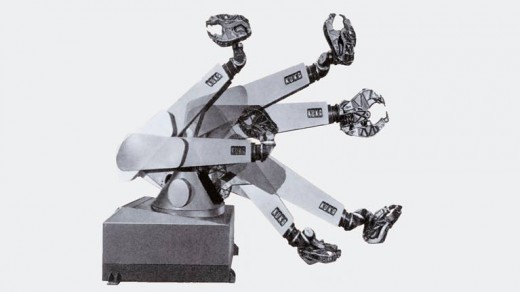
1980's and the Computer Age
These companies, and a few others which weren’t listed, demonstrated that robotic technology was not only possible, but could be an integral part of cost-saving manufacturing strategies. In the early 1980’s robotic production grew exponentially and nearly every month a newer model came to market. These second generation robots were all controlled by microprocessors and showed more and more mobility and functionality. Robotic arm type robots were an area of focus as they could easily be added to assembly-line type operations. In 1981 Takeo Kanade designed and produced the first robotic arm with motors installed directly into the joints of its arm, making it faster and more accurate than previous robotic arms. Further developments came in other forms such as when FANUC Robotics Corporation built a prototype of the first intelligent robot in 1992 and the Motoman XRC controller which was introduced in 1998 and had the ability to control up to 27 axes. This control feature gave the Motoman the ability to synchronize the motions of three to four robots simultaneously.
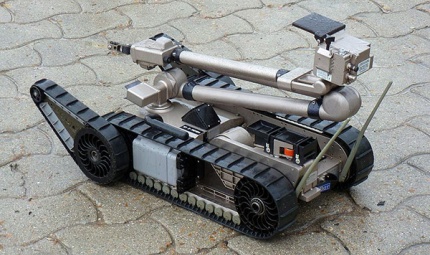
From 2000 Forward
From the year 2000 forward, robotics made additional quantum leaps across multiple areas including mobility, speed, and artificial intelligence. Honda introduced the ASIMO robot in 2000; Advanced Step in Innovative Mobility. This robot was one of the first designed to specifically work in a human environment, or alongside people, and had a lifelike walking movement. Honda didn’t stop there, launching improvements in 2002, 2005, 2007 and 2011. The current model can run, walk, climb, and navigate over multiple terrains plus it has a facial recognition program built in. Another robotic advancement came from iRobot in response to the September 11th terror attacks. Their line of PackBots are very small, about the size of a shoe box, and were designed to go places that humans could not; especially useful in doing post-disaster damage assessments on buildings or other structures. A robot performed complicated surgery in 2006 and robotic prosthetics started entering the market shortly thereafter. There have also been major leaps in nanotechnologies and improvements in communications to include life-like speaking modules. It goes without saying that robots are poised to be something more than just machines; they are becoming almost human-like, which to some is a terrifying thought.
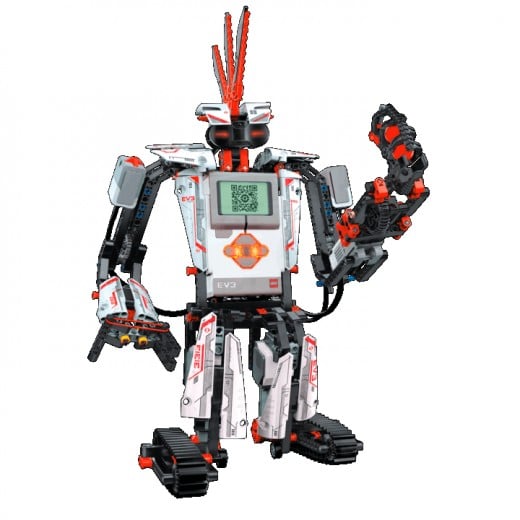
Robotic Toys Developing Creativity
What we’re experiencing today is a culmination of several decades of research and development and yet many robotic engineers feel we’re only scratching the surface. Today’s robots are beginning to look humanlike, act in accordance with generally accepted human behavior, and like some millennials are always connected to the internet. Robots are being put through trials across the globe in tasks that were previously done by human beings such as physical therapy, nursing, and even in building other robots. The youth of the world have robotic toys, which drive creativity while creating a comfort factor for humans. One such toy comes from the Lego group; its Mindstorms Robot program has morphed into a nationwide series of contests that promote using robots to perform a series of tasks. Other robots such as the Roomba line, also from iRobot, are built to clean your home. Other robots are being improved for human companions and even physical partners for those who wish it.
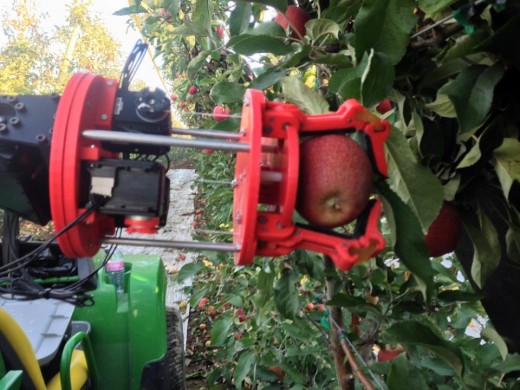
What the Future Might Hold
Robots are also starting to demonstrate that they can be employed to take over some of the tasks we commonly associate with entry level jobs such as fast food preparation, assembly line work, and now even agricultural tasks. The Flippy robot is being employed in California at a fast food chain to cook hamburgers. Abundant Robotics Inc. in California and Israel-based FFRobotics both are in development of automated fruit picking robots and company spokespeople say they could be available in the next few years. A Florida company, Harvest CROO Robotics, is developing a robotic strawberry picker. This project has been in the works for three years and the projected results are amazing. The device can identify and pick perfectly ripe strawberries with a touch softer than any human being, and one machine can harvest 8 acres per day, replacing up to 30 humans. The technology sector has seen a very positive response from farmers as labor costs and labor availability have always been a challenge. Robots don’t go on strike, they don’t need breaks, and they are always to work on time; all for a fraction of the cost.
But perhaps the most anticipated robotic development is already being tested as self-driving automobiles hit the streets. Despite the setbacks, major technology companies such as Google are heavily invested in making the technology work and making it work quickly. The days of going out for a drive might be fewer and further between in the not-so-near future.
This article is accurate and true to the best of the author’s knowledge. Content is for informational or entertainment purposes only and does not substitute for personal counsel or professional advice in business, financial, legal, or technical matters.


